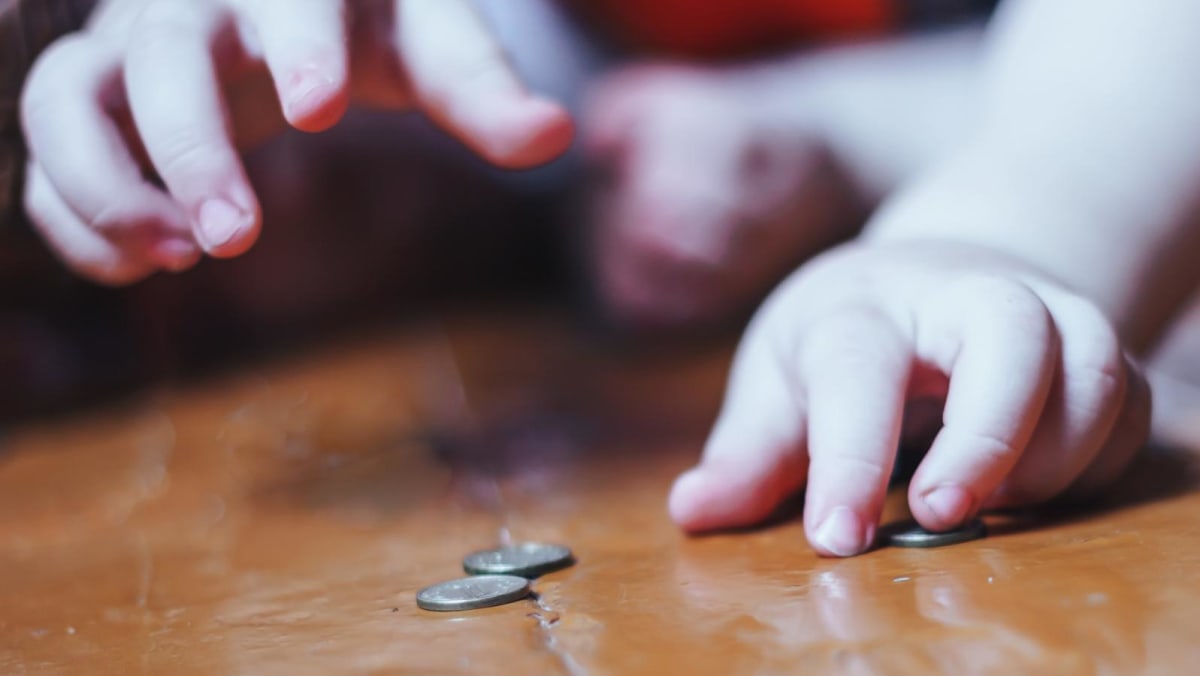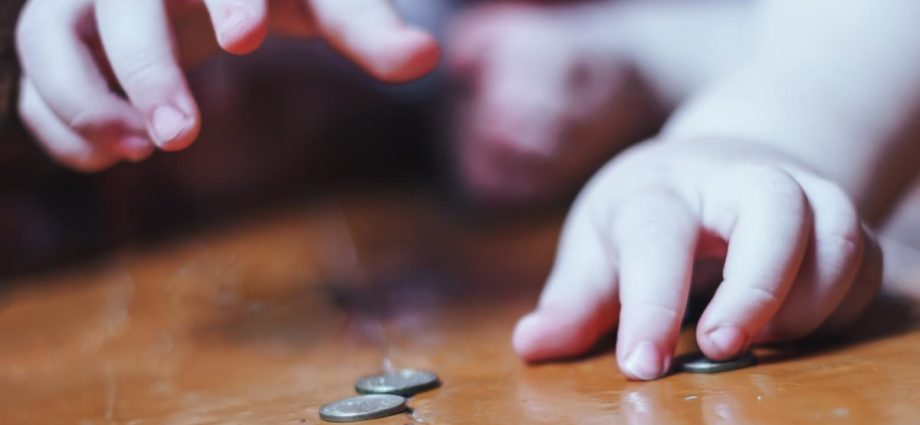
So, what has the study found? According to Assoc Prof Aw, 50 per cent of the button batteries were passed out by Day 4 and 100 per cent by Day 7. “For coins, 50 per cent were passed out by Day 8 and 100 per cent by Day 37,” she said.
“This means we can potentially advise parents that they can wait till Day 30 to see if the coin has been passed out spontaneously, and we do not have to see the child unless the coin has not been passed out after five weeks. But for children who swallowed batteries, we may want to see them by Day 7,” she said.
HOW LONG DO OBJECTS TAKE TO BE PASSED OUT ANYWAY?
“The way swallowed objects pass is very similar to the passage of food,” said Assoc Prof Aw. But because these objects are not digested, “there are certain parts of the gastrointestinal tract” where “these objects are more likely to get stuck”.
These are usually the “transition points” such as where the oesophagus connects to the stomach, the stomach to the small intestine and the small intestine to the large intestine, she said.
If the object is not lodged in the throat but progresses down the oesophagus, it would enter and exit the stomach, and pass into the small intestine within four to six hours. “However, it is also possible that it may take more than one to two days for it to pass out of the stomach. For safer objects such as a coin, we can sometimes wait up to several weeks before active intervention,” said Assoc Prof Aw.

